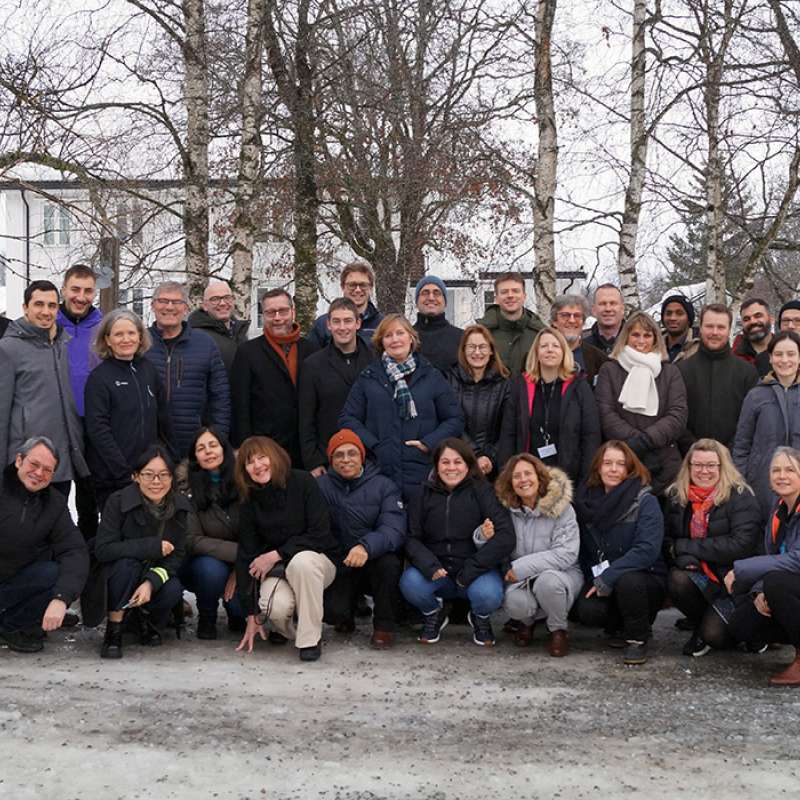Venche Talgø
Research Scientist
Abstract
No abstract has been registered
Abstract
No abstract has been registered
Conference lecture – Control of Neonectria cancer on fir (Abies)
Iben Margrete Thomsen, Venche Talgø
Abstract
No abstract has been registered

